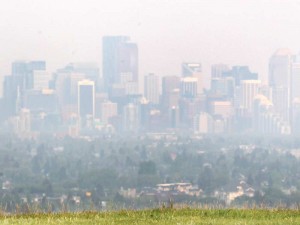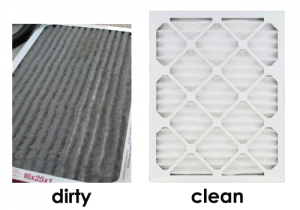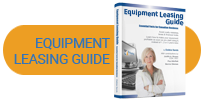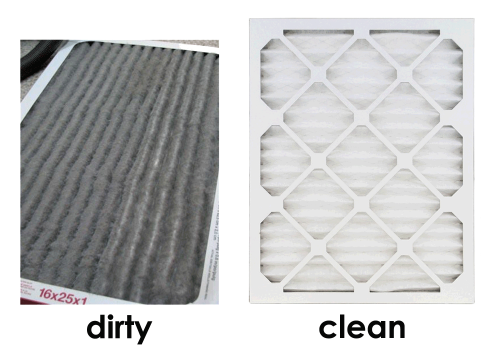
With the recent fires in Washington and B.C., there is a renewed interest in air quality both inside and out. Calgary’s air quality this summer has been keeping us literally breathless.
Historical air quality studies have shown that during a regular rush hour, the highest the fine particulate matter (PM) should be is 30 or 40 micrograms per cubic metre, however, during the weeks of the fires the levels of fine PM were at 170 micrograms – three times our highest levels!
The World Health Organization (WHO) has provided evidence that outdoor air pollution increases the risk of cancer. So while this news isn’t surprising, it highlights the need for action on air pollution.
The main sources of air pollution include transport, industry, fossil fuel power stations, farming and fuels people use to cook and heat their homes. While many of us think of air pollution as only being an outdoor problem, indoor air quality affects people in many different industries including disaster restoration, agriculture, medical, industrial and commercial.
Indoor air quality has a major influence on the health, comfort and well-being of building occupants. Poor air quality has been linked to Sick Building Syndrome, reduced productivity in offices, absenteeism with the common flu and cold viruses, asthma, COPD, and even impaired learning in schools.
How can we tackle indoor air pollution?
On average we spend 90 per cent of our time indoors either at home, at school or in the workplace. Our homes are often not the sanctuaries we believe them to be. Therefore, the first step toward healthy breathing is ensuring pure air inside our homes and workplaces does not have a negative impact on our health.
When you think of it… pollutant sources include outdoor contaminants from traffic and industry, which is tracked through buildings by infiltration and through ventilation systems, as well as sources of indoor pollution, which include:
• Mold and pollen
• Tobacco smoke
• Household products and pesticides
• Gases such as radon and carbon monoxide
• Materials used in the building such as asbestos, formaldehyde and lead
Usually indoor air quality problems only cause people some discomfort. Most people feel better as soon as they get rid of the source of the pollution.
However, some pollutants can cause diseases that show up much later, such as respiratory diseases or cancer.
 Making sure that your building is well-ventilated and getting rid of pollutants can improve the quality of your indoor air. Ensuring indoor air quality in buildings involves a three-tiered strategy of source control, ventilation, and air filtration. Air filtration is arguably the most important of these.
Making sure that your building is well-ventilated and getting rid of pollutants can improve the quality of your indoor air. Ensuring indoor air quality in buildings involves a three-tiered strategy of source control, ventilation, and air filtration. Air filtration is arguably the most important of these.
All workplaces should have proper ventilation and filtration. The most important advanced filtration technologies are HEPA (high-efficiency particulate air) and activated carbon. An adequately-sized room air purifier system removes 99.97% of all particulates down to 0.3 microns in size. It also removes allergens, bacteria, chemicals, gases, viruses and mold spores.
We are a good example… behind our offices at Priority Leasing there is a warehouse where large machines cut granite exposing the air to crystalline silica dust. When we first moved in, we found when we put white filters in our air vents… they were black within a few weeks. So we invested in two HEPA air cleaners for our own health. Almost immediately we felt better, had more energy, and knew the air was cleaner… not to mention saving the cost of new filters every few weeks.
At Priority Leasing we work with Patrick Kryczka of Environmental Air Cleaning Ltd. (www.envair.ca), who carries all sorts of equipment to help you breathe easier. From Odorox® SanX™ to Mobile Disinfectant Units to HEPA equipment all created for eliminating bacteria, virus, and chemical off-gassing typically found in public spaces within enclosed buildings.
The cost of HEPA filters varies, and many times a company does not have the budget for this equipment. The good news is… this equipment can be leased! Leasing can be an effective way for you to finance expensive filtration systems and many other business needs. Other benefits of leasing include:
Seasonal payment plans, which allow you to match payments with cash flow requirements.
A tax write off against revenue.
Ability to acquire equipment for a predetermined time frame acting as a hedge against asset obsolescence.
Contact Priority Leasing to find out more about your options.
Clean Air = ROI
Photo source: Calgary Herald, August 2015


